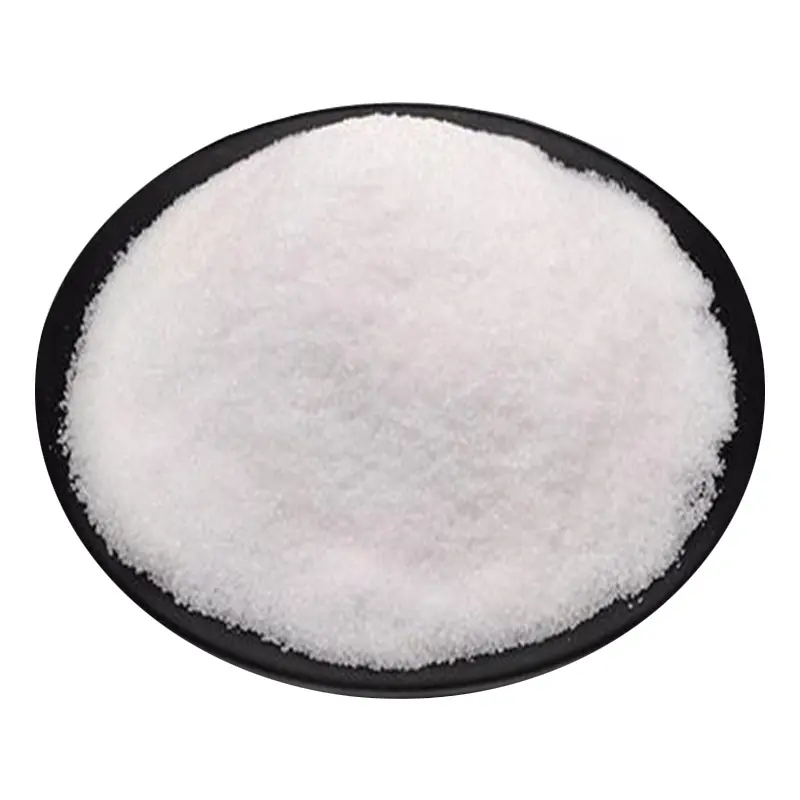Characteristics of polyacrylamide flocculants
Polyacrylamide flocculants have many characteristics, including strong water solubility, high activity, low corrosiveness, strong adhesion and good drag reduction. These characteristics make polyacrylamide flocculants perform well in a variety of applications. 1. Strong water solubility: Polyacrylamide flocculant can dissolve quickly in water, which helps to improve the flocculation effect. 2. High activity: It can react …





